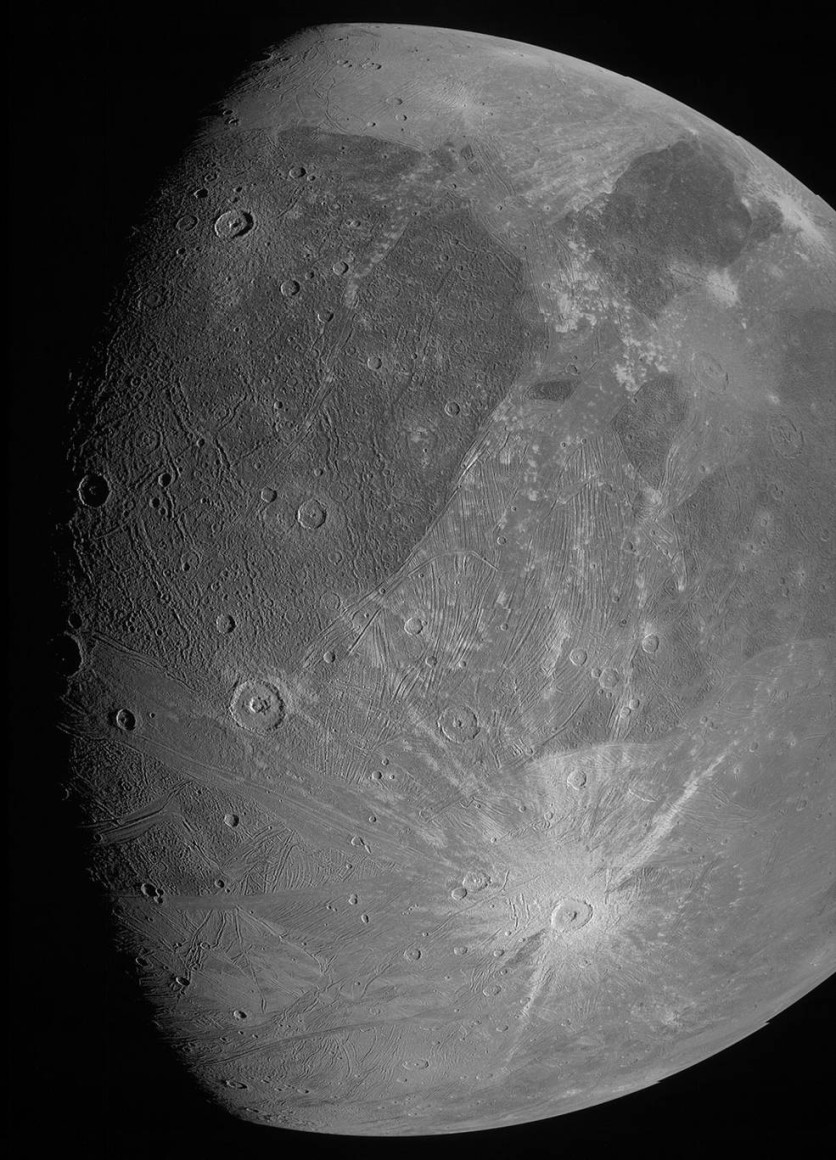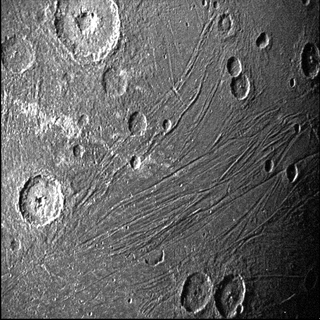NASA's Juno spacecraft has captured photos of "Ganymede," an icy moon of Jupiter, with its close fly-by mission to study it, 21 years since the last mission by the "Galileo" spacecraft. The mission has now provided humans the chance to see the breathtaking images of one of the many Moons of the biggest planet in the Solar System.
The National Aeronautics and Space Administration (NASA) has recently provided photos of the most massive moon in the Solar System, after the announcement of its mission. The natural satellite has been a marvel for astronomers for many years now, especially as it is the largest natural satellite known to humans, and is one of the 79 moons of the gas giant.
The national space agency has a suite of lined-up cosmic exploration under its belt, and it includes rediscovering Venus in the forthcoming missions of Davinci and Veritas. However, it does not stop on terrestrial planets only. It would soon include examining other wonders in the galaxy, that started with Ganymede.
Read Also: SpaceX Dragon Aircraft is Scheduled for Docking on June 5 Carrying Supplies and Experiments
NASA Juno Explores Ganymede, Jupiter's Icy Moon

According to the recent release of NASA, the Juno spacecraft has performed a close flyby mission in the region of Jupiter, which was a historic moment for the space agency. Historic because the last photos were taken and the mission that took place was last May 20, 2000, with the Galileo spacecraft, which NASA has retired in 2003.
Fast forward to June, NASA's Juno is yet again making history as it has brought a batch of new technology in Jupiter's region, which is aimed to study the ionosphere of Ganymede.
Moreover, Juno has also provided NASA and humans the first-look images of close-up images, never before seen of the Ganymede, featuring a higher resolution and photo quality. The mission of Juno has brought humans closer to the icy moon compared to that of Galileo 21 years ago, with its Stellar Reference unit star camera.
Ganymede, the Icy Mammoth Moon

Ganymede is "encrusted" with ice, due to the water placed atop it, making it a phenomenal sight to see and is entirely a different cosmic object compared to the Earth's Moon, which is filled with space rocks. What makes this a phenomenon is that each moon is different, and they are mostly a representative of its home planet.
Moreover, Jupiter is the 5th planet from the Sun, making sunlight and the star's heat weaker and harder to reach, hence the icy appearance it has developed on the cooler side of the Solar System. Astronomy fans may view the progress and exact location of NASA's Juno via the "Eyes of the Solar System," which tracks the spacecraft as it goes on its mission.
This article is owned by Tech Times
Written by Isaiah Richard
ⓒ 2025 TECHTIMES.com All rights reserved. Do not reproduce without permission.




